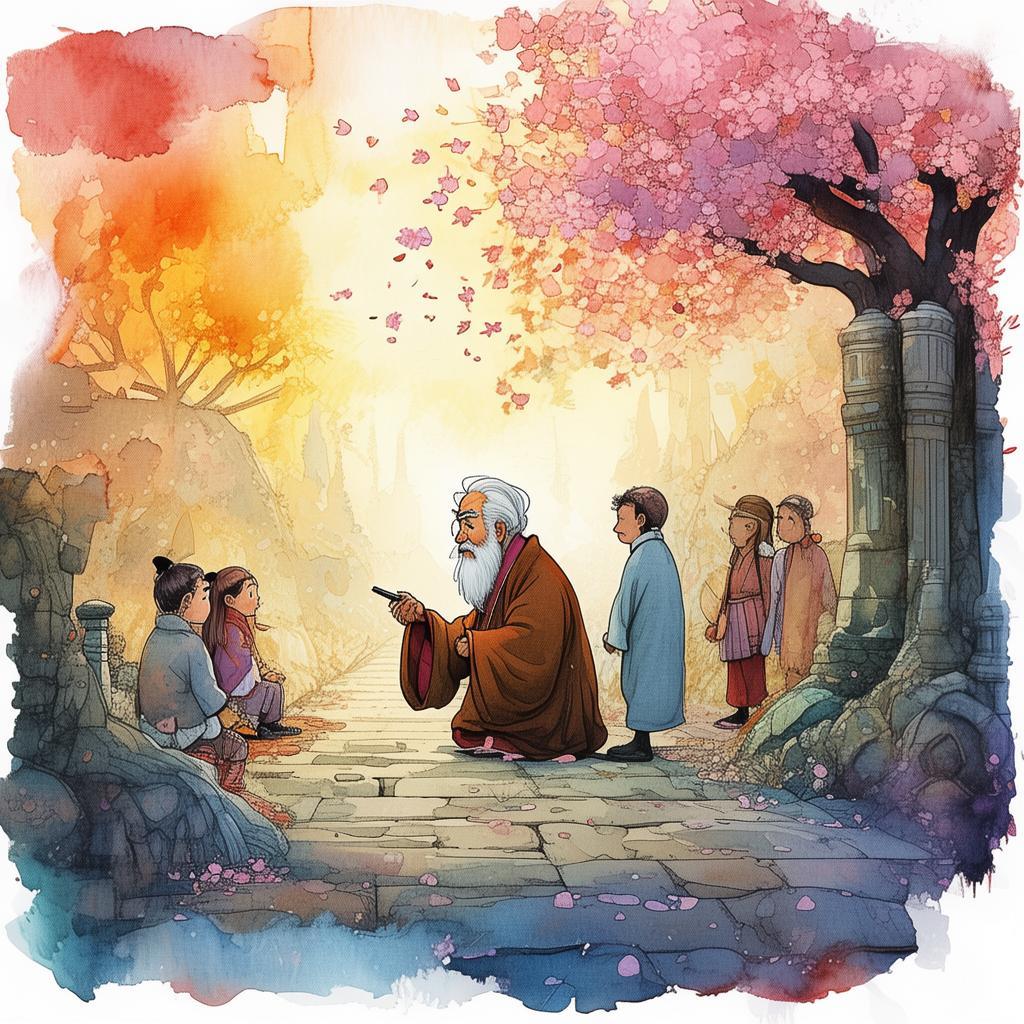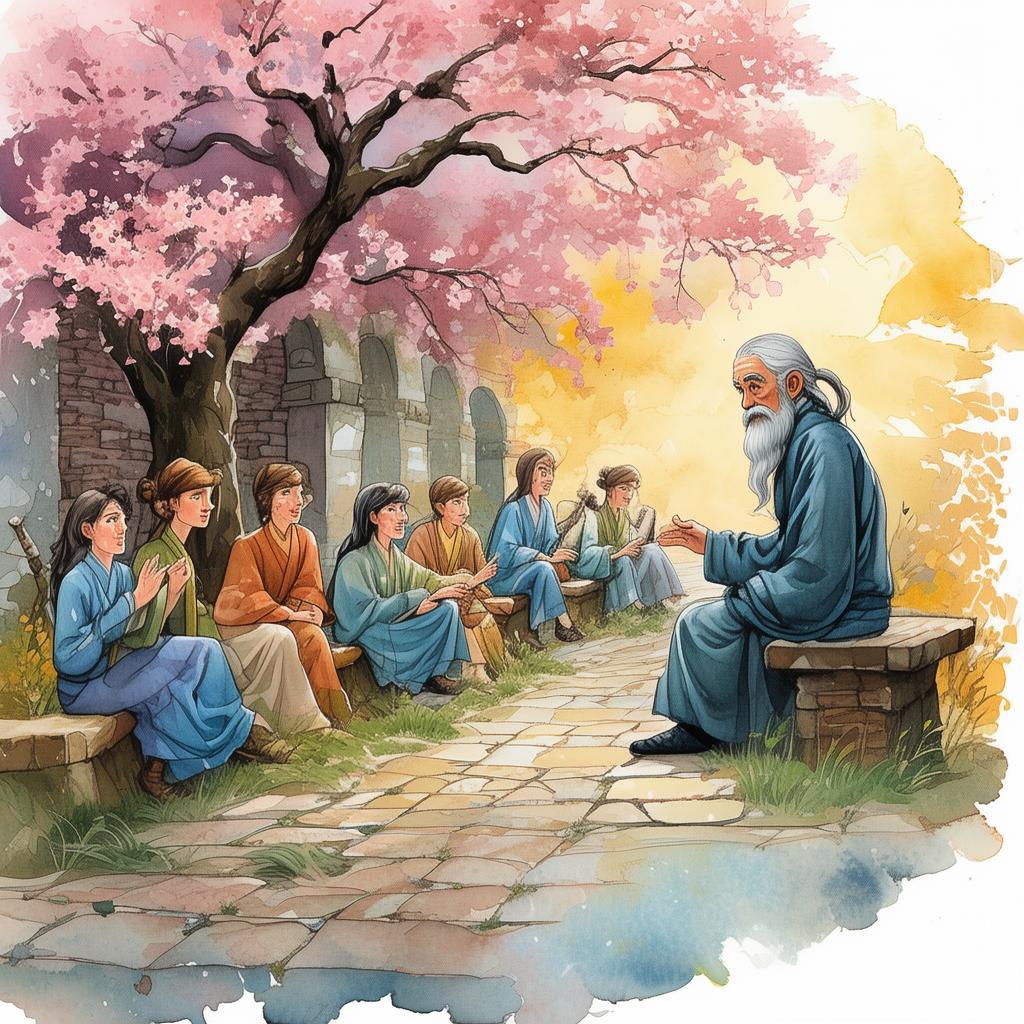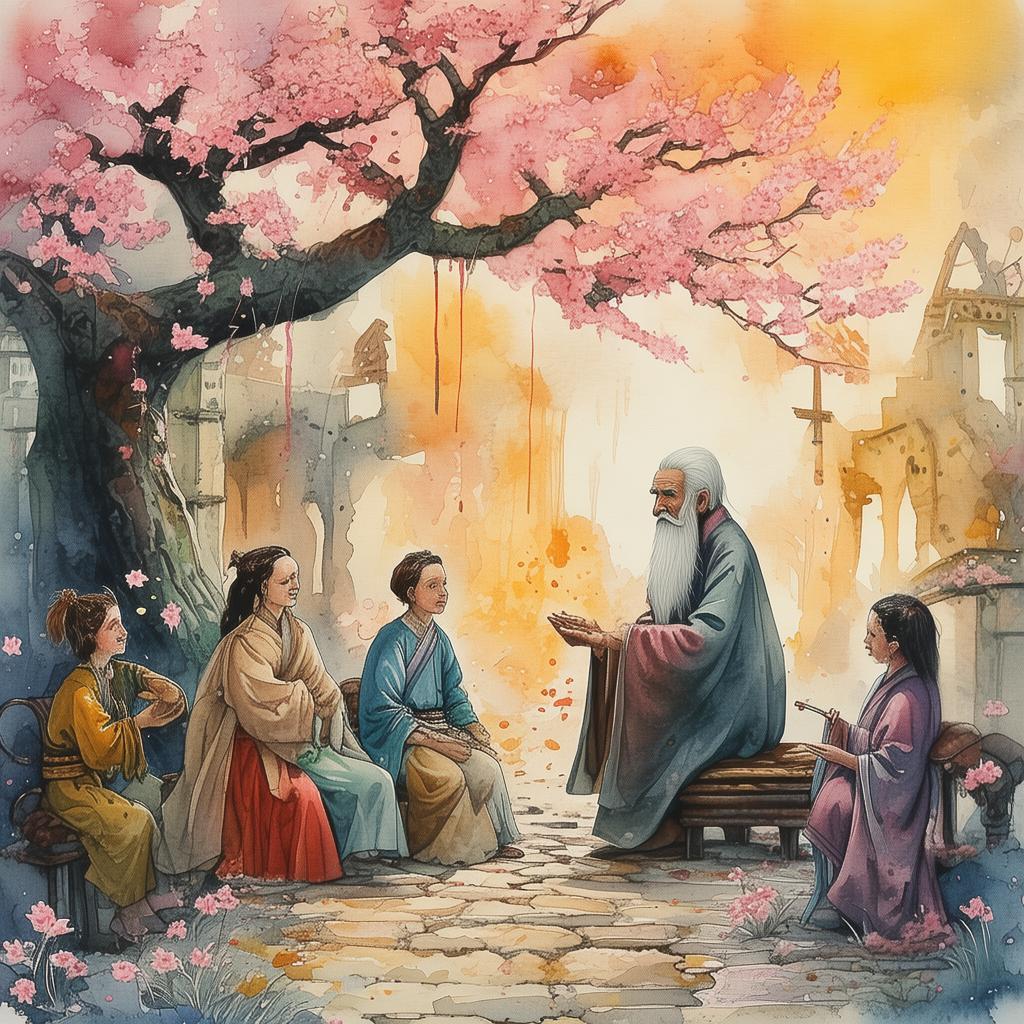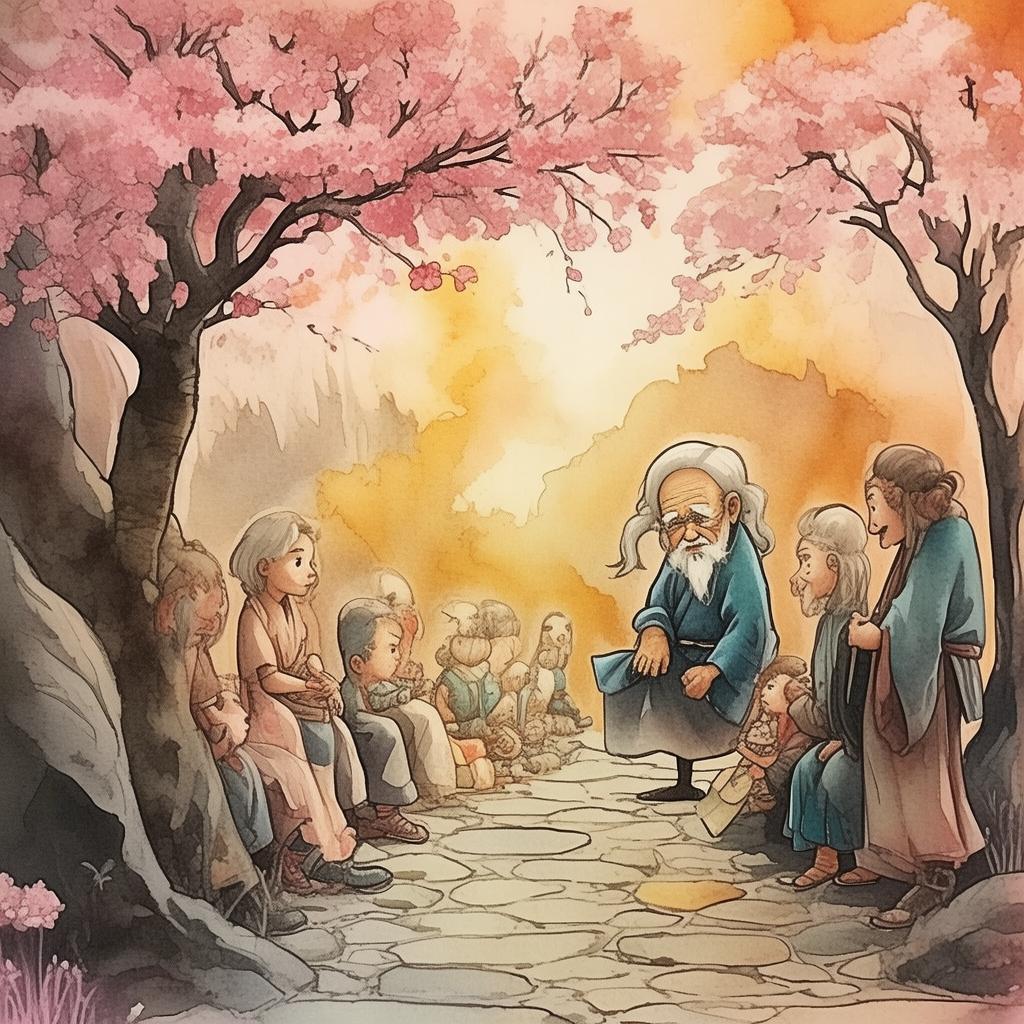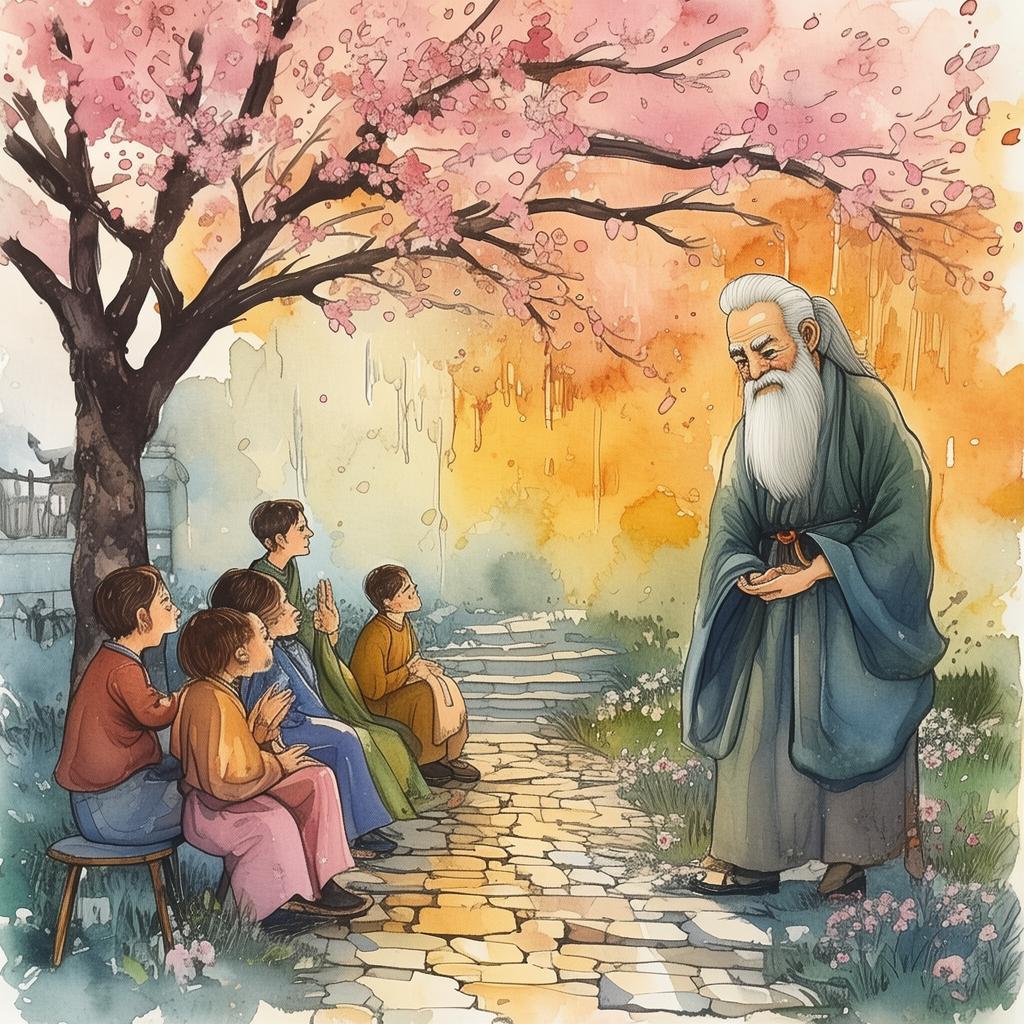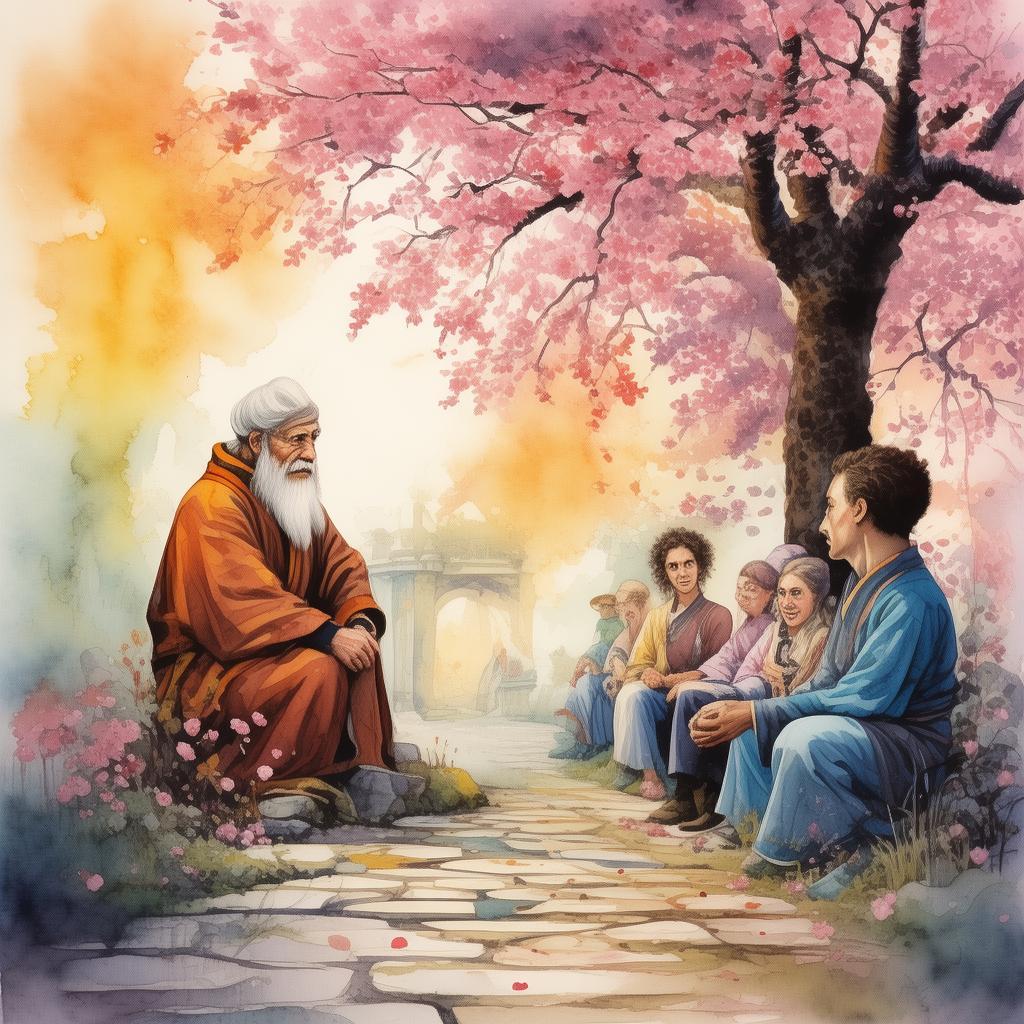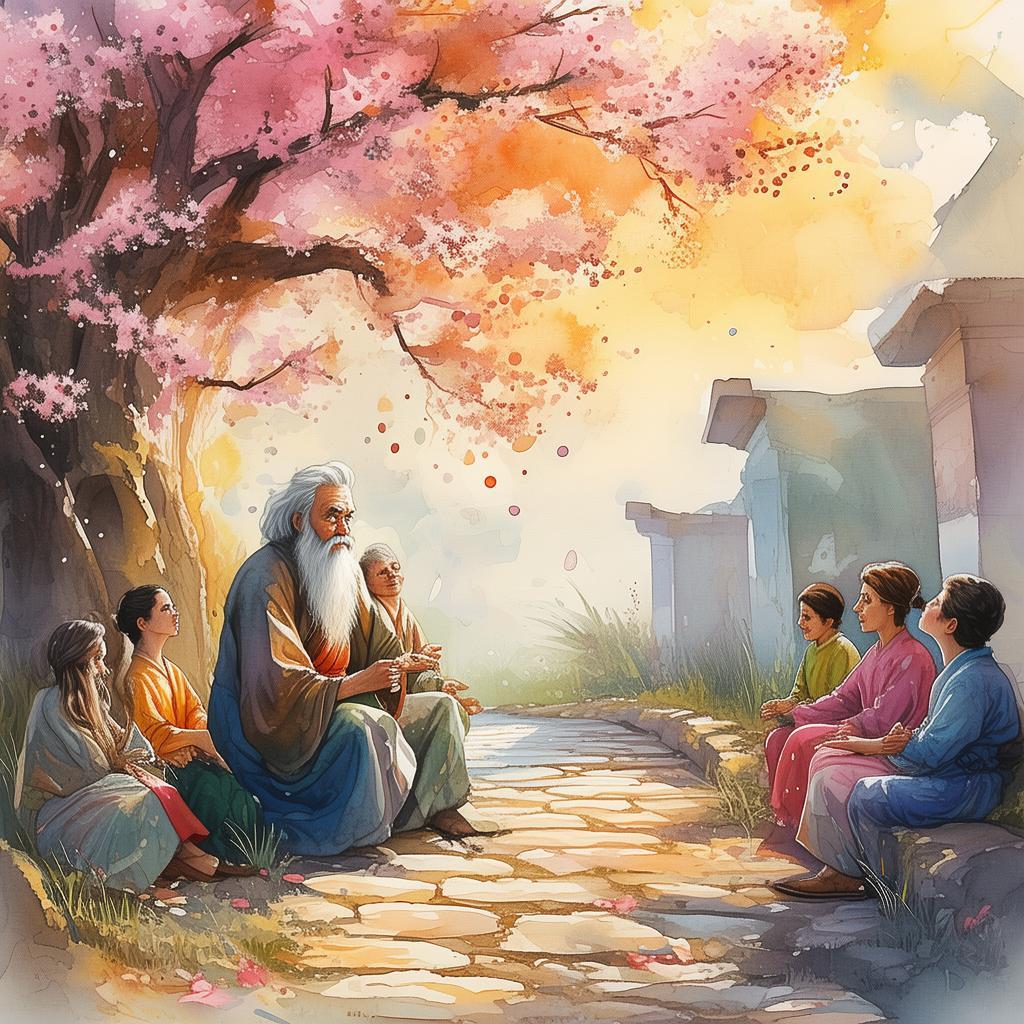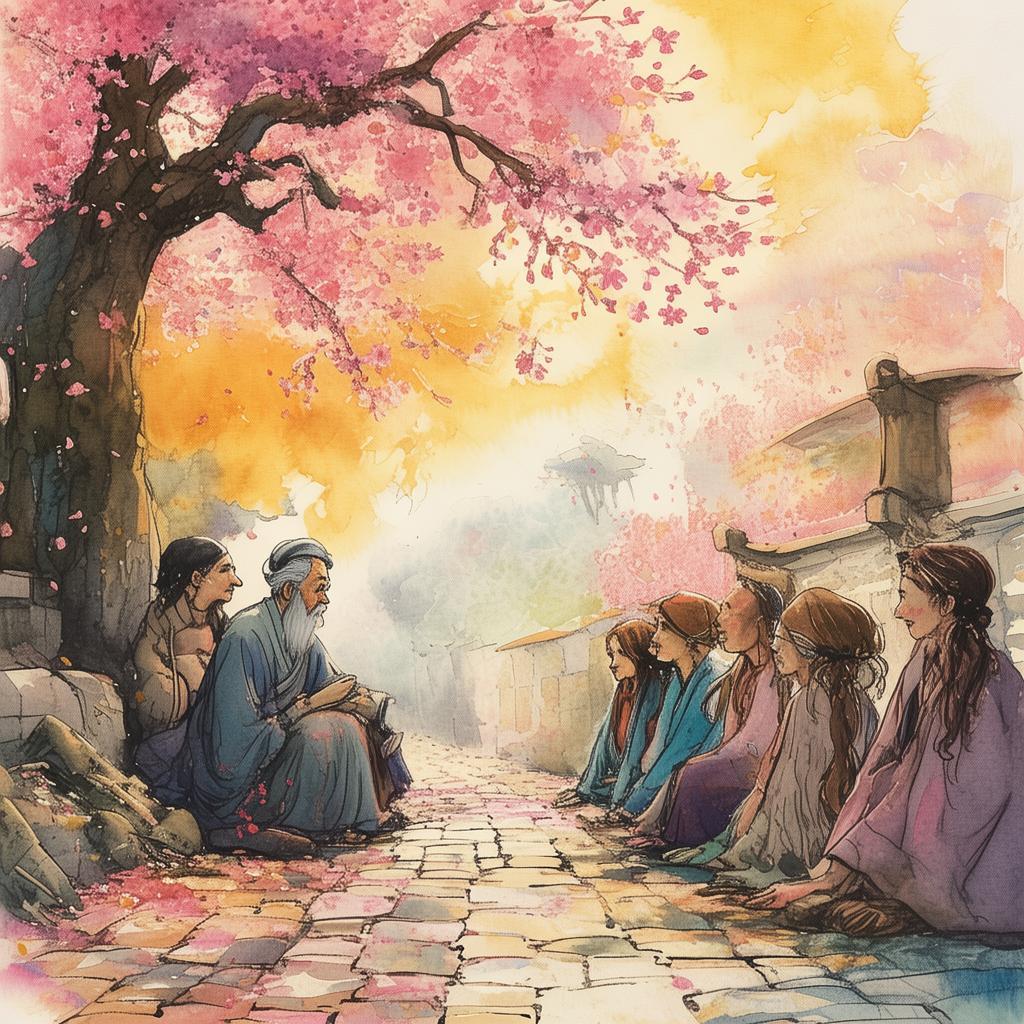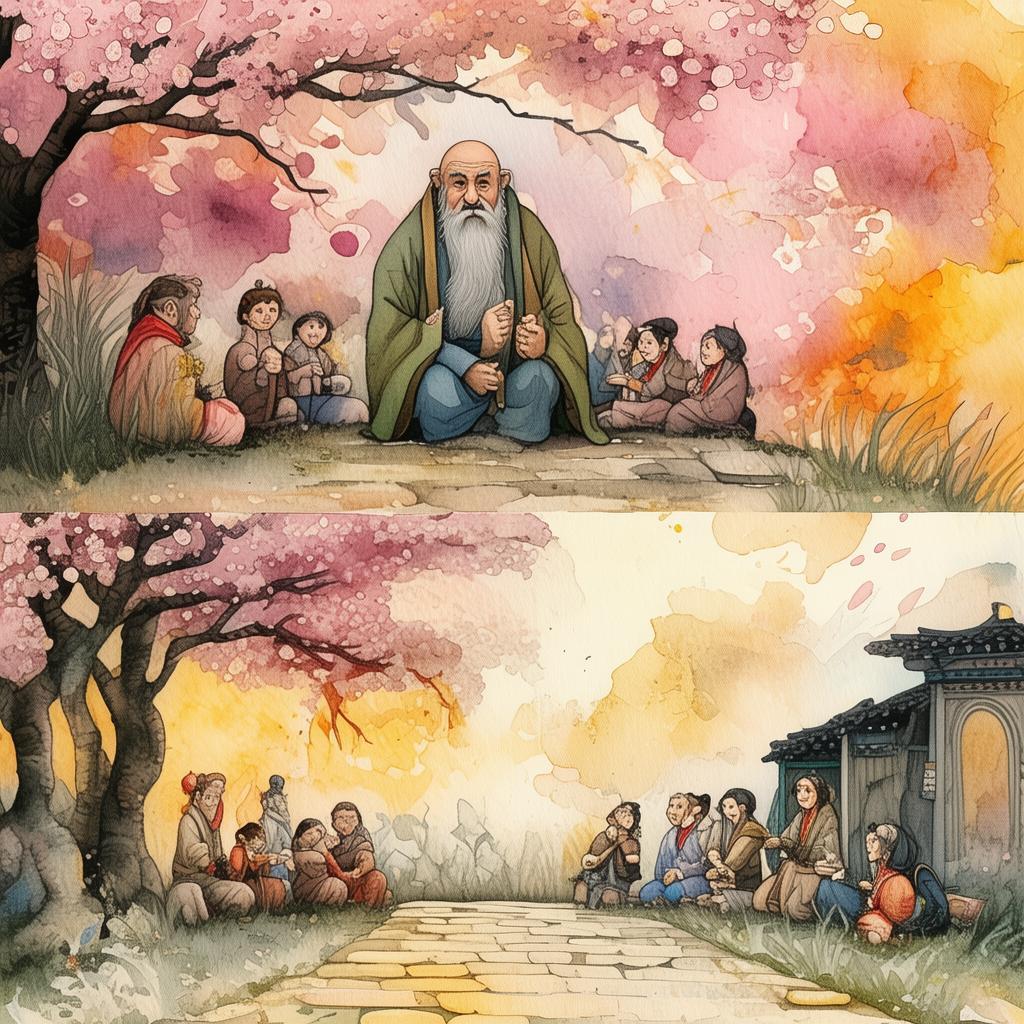Quantum Echoes: The Paradox of Two Paths
In the quiet town of Quantum Grove, there stood two houses that could not have been more similar. One was home to Li, a brilliant physicist with a penchant for quantum mechanics, and the other to his identical twin, Mei, an artist whose passion for color and form was matched only by her curiosity about the world.
The year was 2045, and both Li and Mei had grown up fascinated by the idea of parallel realities. Li had spent years in the lab, experimenting with quantum entanglement and the possibility of alternate universes. Mei, on the other hand, had found solace in her art, creating vivid paintings that seemed to capture the essence of different worlds.
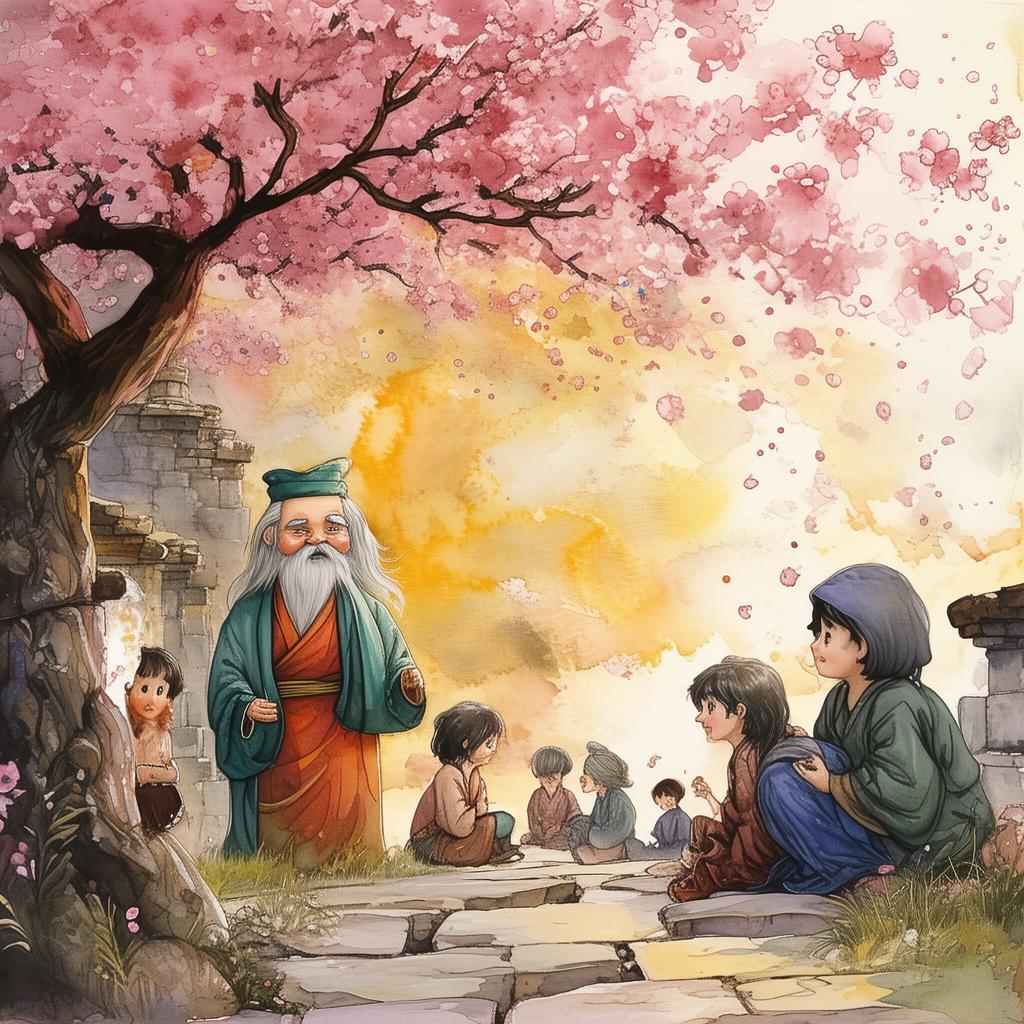
One day, Li had a groundbreaking discovery. He had managed to create a device that could split the quantum state of a particle, allowing it to exist in two places at once. Excited by the implications, he decided to conduct an experiment that would test the very nature of reality.
Li set up his experiment in the lab, a room filled with complex machinery and equations that hummed with potential. He prepared a quantum particle, the kind that could be in two places at the same time, and prepared to split it.
"Today, we shall explore the quantum world," he said to himself, his voice tinged with both excitement and trepidation. "Today, we shall see if parallel realities are more than just a theory."
He pressed the button, and the machine hummed to life. The quantum particle was split, existing in two places at once. Li observed the results, and to his astonishment, the particle began to interact with the environment in different ways in each reality.
In one reality, the particle interacted with a mirror, creating a reflection. In the other, it interacted with a wall, causing a ripple in the paint. Li's heart raced as he realized the implications of his experiment. He had created a paradox, a situation where the same experiment yielded different outcomes.
Mei, who had been visiting her brother that day, witnessed the experiment from the doorway. Her eyes widened with curiosity as she watched her brother's excitement.
"What's happening, Li?" she asked, her voice barely above a whisper.
Li turned to her, his eyes gleaming with triumph. "I've split a quantum particle," he said, "and it's yielding different outcomes in each reality. It's incredible!"
Mei nodded, her mind racing with the possibilities. "It's like we're looking at two different worlds, each with its own set of rules," she mused.
Li and Mei spent the next few days discussing the experiment, each of them pondering the implications of their findings. Li began to wonder about the nature of reality itself, while Mei saw the potential for her art to capture the essence of these parallel worlds.
As they delved deeper into their research, they realized that their experiment had a profound effect on their own lives. Li's reality, where the particle had interacted with the mirror, was a world where his passion for physics was unchallenged, and his life was filled with success and recognition.
Mei's reality, however, was a world where the particle had interacted with the wall. In this world, her art had been met with skepticism, and her life was filled with struggle and uncertainty.
The twins began to see their parallel realities as a reflection of their own choices and decisions. Li realized that his success had come at the cost of his personal relationships, while Mei came to understand that her struggles had shaped her resilience and creativity.
As they continued their experiment, they began to explore the idea of changing their outcomes. They manipulated the quantum particle, trying to influence the course of their parallel worlds.
One day, Li found himself in a world where he had chosen to prioritize his relationships over his career. He was happier, but his work had suffered. Mei, in her parallel world, had chosen to embrace her art, even though it meant facing a life of struggle.
The twins realized that the experiment was not just about the quantum particle; it was about the choices they made in their own lives. They learned that the same experiment, conducted with different intentions, could yield different outcomes.
As they stood in the doorway of Li's lab, watching the quantum particle split once more, they understood the true meaning of their experiment. It was not just about the nature of reality, but about the power of choice and the potential for change.
Li turned to Mei, a smile on his face. "We've discovered something incredible," he said. "The world is not fixed, but fluid. We have the power to shape our own outcomes."
Mei nodded, her eyes filled with wonder. "And we have the power to choose our paths," she added.
The twins walked out of the lab, their hearts filled with hope and determination. They knew that their experiment had changed their lives, and they were ready to face whatever outcomes awaited them.
In the end, the experiment was not just a scientific breakthrough; it was a journey of self-discovery. It taught them that the same experiment, conducted with different intentions, could yield different outcomes, and that the power to choose their paths was within their grasp.
✨ Original Statement ✨
All articles published on this website (including but not limited to text, images, videos, and other content) are original or authorized for reposting and are protected by relevant laws. Without the explicit written permission of this website, no individual or organization may copy, modify, repost, or use the content for commercial purposes.
If you need to quote or cooperate, please contact this site for authorization. We reserve the right to pursue legal responsibility for any unauthorized use.
Hereby declared.
